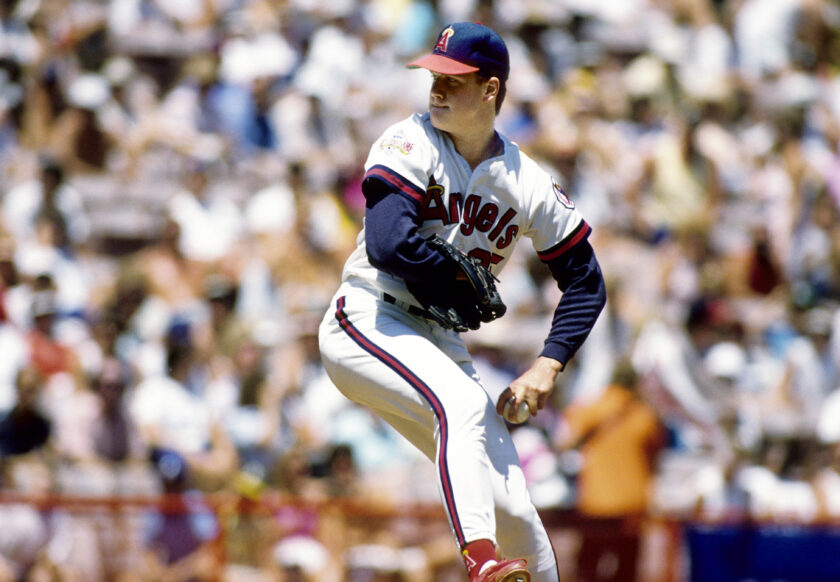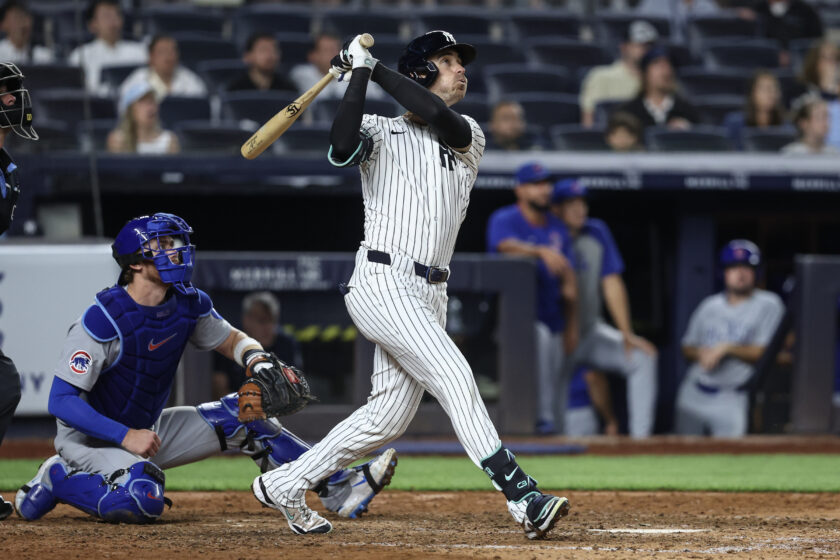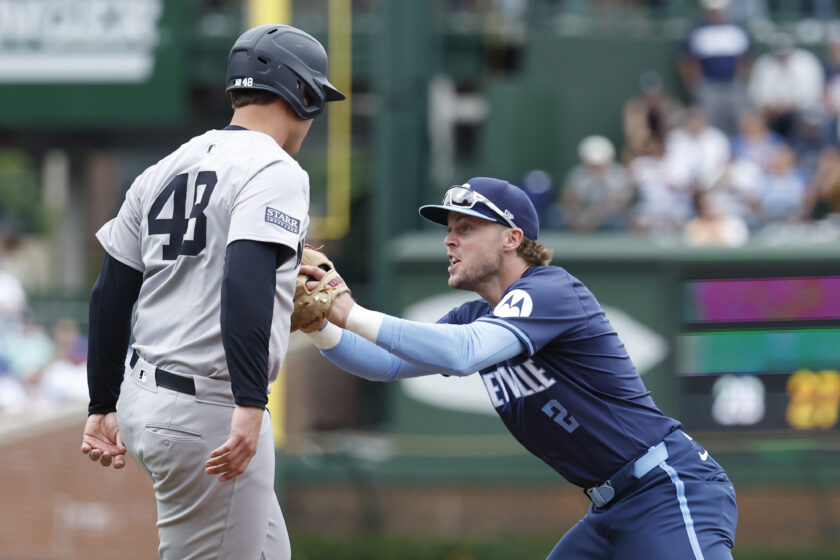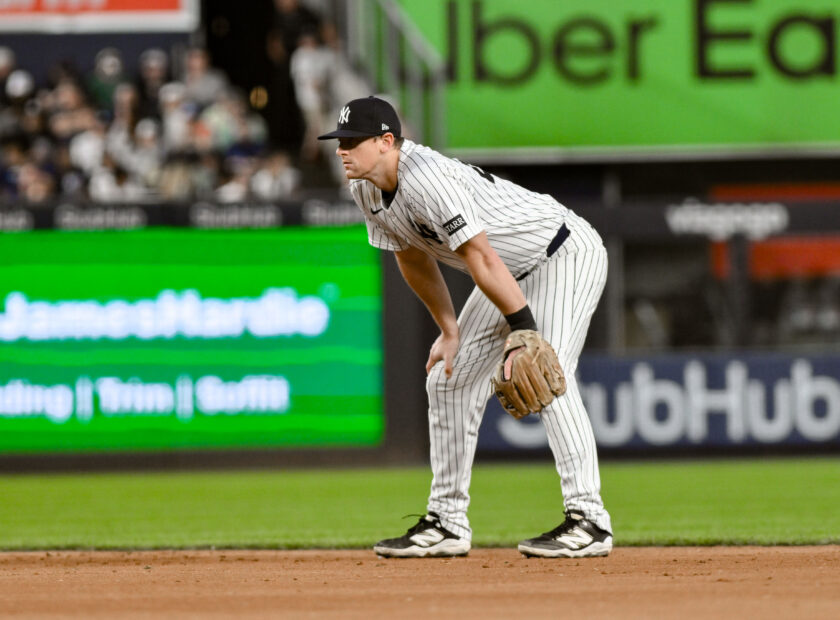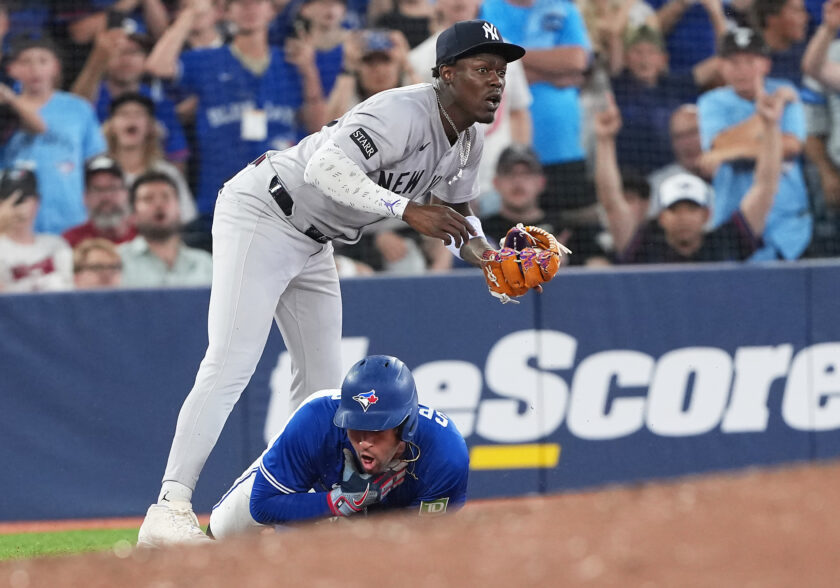New York Yankees: Five second basemen you forgot existed

These New York Yankees second basemen did enough in the Bronx that they should be remembered far better than they actually are.
[sc name=”josh-benjamin-banner” ]The New York Yankees have had some great second baseman as of late.
Robinson Cano drew comparisons to Hall of Famer Rod Carew before leaving in free agency. Willie Randolph dazzled as a contact hitter and was universally beloved both as a player and coach. In 2019, DJ LeMahieu turned in an MVP-caliber season.
Except, second base didn’t always attract players who performed on that level. For a long time, the middle infield positions were largely defensive. So long as shortstops and second basemen could field well, anything they did at the plate was considered an added bonus.
Naturally, the Yankees have had several key second basemen spend time in pinstripes, often flying under the radar. Yet, one made the Yankees a playoff team with one career-defining moment. Another established a winning culture that gave birth to a dynasty.
You know what time it is, folks. Let’s open up the time capsule and look back on five forgotten Yankees second basemen.
No. 5: Horace Clarke (Yankees tenure: 1965-1974)
Like so many New York Yankees prospects before him, Horace Clarke had big shoes to fill at the start of his career. The wiry second baseman assumed the starter’s role in 1967 after the retirement of former World Series MVP Bobby Richardson. He had won five Gold Gloves to go with three championship rings, so the pressure was on.
Unfortunately for Clarke, his opportunity came at the wrong time. He became a lineup regular right as the Yankees began a harsh rebuild and never once played in the postseason. Clarke never won a Gold Glove either.
However, Clarke’s lack of accolades can largely be attributed to his playing on some truly bad Yankees teams. For every full season he spent in New York, the team finished higher than third place just once and still missed the playoffs. As a player, he finished with a .257 career batting average with the Yankees and stole 151 bases.
Clarke also proved remarkably durable and led the American League in at-bats twice. In May 1974, when he was 34 and losing his bat speed, the San Diego Padres purchased his contract from the Yankees.
His overall numbers aren’t impressive, as he hit just 27 home runs for his career. Still, had Horace Clarke been on some better teams, his talents in the field might have been recognized more.
No. 4: Pat Kelly (Yankees tenure: 1991-1997)

Pat Kelly was just as much fun to watch as he was frustrating. He was never an elite hitter in any fashion, but made up for it with speed and holding his own in the field. Unfortunately for Kelly, injuries also kept him off the field. In a nine-year career, seven of which were in New York, he played more than 100 games in a season just twice.
And even though Kelly only hit .251 as a Yankee and saw his defense take a dive in the majors, he cemented himself in New York Yankees history with one swing. On Sept. 29, 1995, with the Yankees fighting for a playoff spot in Toronto, his two-run home run gave New York a 4-3 lead in a must-win game. Two days later, New York won the first-ever AL Wild Card.
The rest of his time with the Yankees wasn’t as memorable. The team won the World Series in 1996, but injuries limited Kelly to just 13 games and he wasn’t awarded a ring. After playing as a reserve again in 1997, he finished his MLB career in brief stints with the St. Louis Cardinals and Toronto Blue Jays.
Pat Kelly may not have been an all-time great, but every New York Yankees fan should appreciate his small moment in team history.
No. 3: Mariano Duncan (Yankees tenure: 1996-1997)

If you blinked during Mariano Duncan’s brief run with the New York Yankees, you missed it. The longtime National League veteran and former All-Star joined the Yankees as a 32-year-old free agent before the 1996 season. After Pat Kelly and Tony Fernandez were injured in spring training, Duncan became the everyday second baseman.
And even though Duncan only appeared in 109 games, he left a mark more prominent than the Bat-signal in Gotham City. A .262 career hitter entering the season, the veteran infielder batted a career-high .340. In the Game 3 of that year’s ALDS, his RBI single helped give New York a 2-1 series lead over the Texas Rangers.
But Duncan’s on-field work is only part of the impact he had in New York. He also proved to be a strong locker room presence, infamously coining the phrase, “We play today, we win today, dassit!”
The rest of the team bought right in, and the Yankees ended 1996 with their first World Series championship since 1978. The following year, Duncan was traded to Toronto at the deadline for a prospect who never made it to the majors. Similarly, Duncan’s own MLB career ended that same year.
His time in New York was short, but Duncan left his mark the best way he could wit the New York Yankees: working hard and winning a World Series.
No. 2: Tony Lazzeri (Yankees tenure: 1926-1937)
When fans think of the 1927 Murderers’ Row New York Yankees, their minds automatically go to Babe Ruth and/or Lou Gehrig. This makes sense, given Ruth’s record-setting season and Gehrig batting right behind him. Just how Dwayne “The Rock” Johnson and “Stone Cold” Steve Austin embodied the Attitude Era of pro wrestling, Gehrig and Ruth embodied Yankees baseball in 1927 and beyond.
However, the Murderers Row team also got a great deal of help from Lazzeri, a scrappy second baseman who made doubters pay for underestimating him. He debuted at age 22 in 1926 and hit .309 with 18 home runs, 102 RBI, and 18 stolen bases the following year. In 1928, Lazzeri hit .332 and finished third in MVP voting despite playing in just 116 games.
All in all, Lazzeri would spend 12 years of his Hall of Fame career with the Yankees. He hit .293 in pinstripes with 1,157 RBI before being released after the 1937 season. He spent brief stints with the Cubs, Dodgers, and Giants before retiring in 1939.
Even though Lazzeri was only an average fielder, he made up for it at the plate by hitting .292 for his career and winning five World Series rings. Plus, the Yankees released him for a good reason.
No. 1: Joe Gordon (Yankees tenure: 1938-1943, 1946)

In 1938, just one year after the popular Tony Lazzeri was released, Joe Gordon debuted with the smoothest of transitions. He only hit .255 as a 23-year-old rookie, but his 25 home runs and 97 RBI put everyone on notice. The following year, he upped his batting average to .284 with 28 homers and 111 RBI.
And Gordon didn’t stop there. He was a generally good fielder. He made five All-Star teams as a Yankee. In 1942, he hit .322 en route to being named AL MVP, the only time in his career that he hit over .30 in his career. Gordon also won four World Series rings as a Yankee, hitting .400 in the 1938 Fall Classic.
World War II meant Gordon missing two years of his career. When he returned to New York in 1946, injuries robbed him of his effectiveness and he hit just .210. With the team under new management, Gordon was traded to the Cleveland Indians for pitcher Allie Reynolds. He finished his Yankees career with exactly 1,000 hits and games played each.
In Cleveland, Gordon returned to form and played for four more years, winning his fifth World Series ring in 1948. In retirement, he managed four teams and was posthumously inducted into the Hall of Fame in 2009.
Still, Joe “Flash” Gordon will always be best remembered for his accomplishments with the New York Yankees.
Josh Benjamin has been a staff writer at ESNY since 2018. He has had opinions about everything, especially the Yankees and Knicks. He co-hosts the “Bleacher Creatures” podcast and is always looking for new pieces of sports history to uncover, usually with a Yankee Tavern chicken parm sub in hand.

